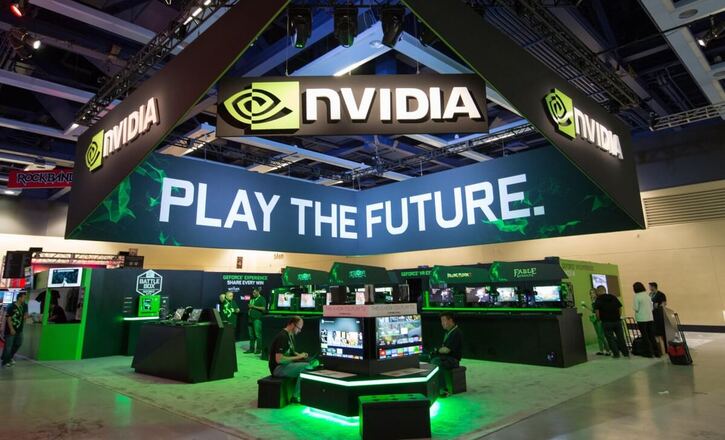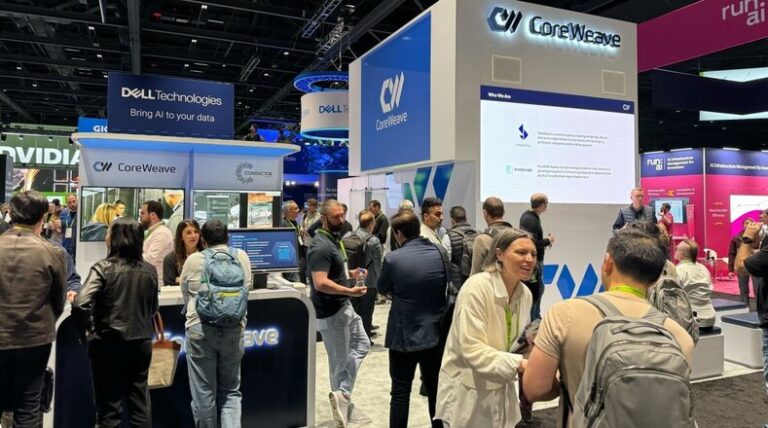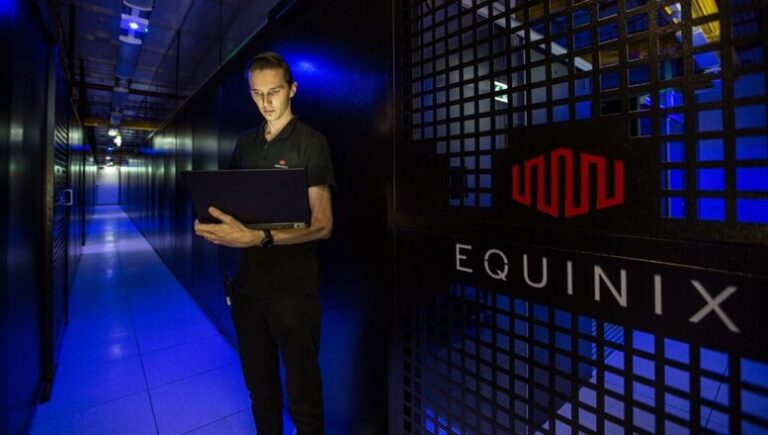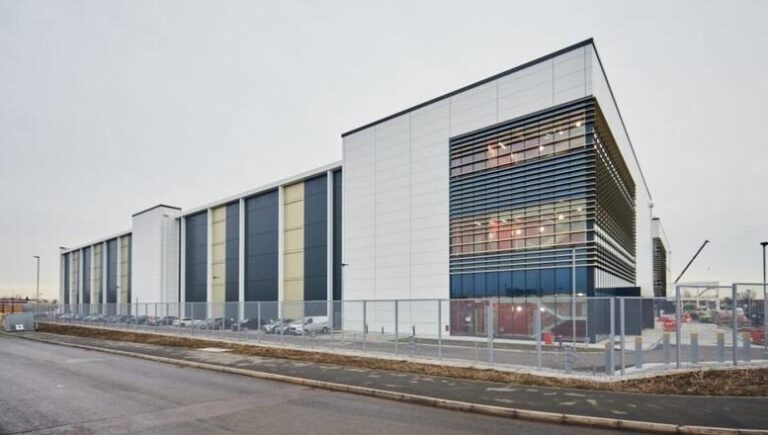
In a move signaling a major shift in data center power infrastructure, NVIDIA has chosen Navitas Semiconductor to collaborate on its next-generation 800-volt high-voltage direct current (HVDC) architecture. The project aims to redefine how electricity is delivered to large-scale data centers, with particular emphasis on the increasing demands of AI workloads.
Navitas, known for its leadership in GaNFast gallium nitride (GaN) and GeneSiC silicon carbide (SiC) power semiconductor technologies, will play a central role in enabling 800V HVDC systems for NVIDIA’s upcoming rack-scale systems – such as the Rubin Ultra, a high-performance GPU platform. The initiative is designed to support megawatt-scale IT racks, significantly exceeding the capabilities of existing data center power configurations.
Traditional data center architectures typically rely on low-voltage 54V DC distribution. While this has been sufficient in the past, it creates significant limitations when scaling power delivery beyond 200 kilowatts due to copper cable bulk, heat generation, and conversion inefficiencies. AI data centers, with their escalating energy demands reaching into the gigawatt range, require a new approach.
NVIDIA’s 800V HVDC design would eliminate many of the inefficiencies inherent in current AC/DC and DC/DC conversion stages. Instead, the system converts 13.8kV AC grid power directly into 800V HVDC at the perimeter of the data center using solid-state transformers (SSTs) and industrial-grade rectifiers. This architecture not only improves overall efficiency but also enhances reliability and simplifies infrastructure.
Reduced Copper Use in Next-Gen AI Data Centers
One of the significant benefits of the 800V HVDC architecture is the drastic reduction in copper usage. Because power can be delivered at higher voltage and lower current, I²R losses are minimized, allowing for copper wire diameter reductions of up to 45%. A 1MW rack, for example, would need more than 200 kilograms of copper under a traditional 54V DC setup – clearly unsustainable at scale.
Navitas will support this infrastructure with advanced DC-DC converters that step down the 800V HVDC for use in high-performance GPUs like the Rubin Ultra. These converters eliminate the need for intermediate AC-DC conversions, allowing power to flow more directly and efficiently to the IT racks.
Navitas has already established itself as a pioneer in AI data center power systems. Its GaNSafe technology integrates control, drive, sensing, and protection features into a high-power GaN IC, designed to maximize robustness and safety. These include fast short-circuit protection (within 350ns), 2kV electrostatic discharge (ESD) protection on all pins, and programmable slew-rate control – all packed into a four-pin configuration that simplifies system integration.
For secondary DC-DC conversion (48–54V outputs), Navitas also offers medium-voltage GaN devices (80–120V), optimized for high-speed and space-efficient designs.
SiC Technology Leadership
GeneSiC’s contribution would bring decades of SiC technology leadership. Its proprietary trench-assisted planar technology provides exceptional performance across temperature ranges, delivering efficient, cool operation for high-reliability applications. GeneSiC’s G3F SiC MOSFETs have demonstrated lifespans up to three times longer than competitors, helping to lower operating temperatures and enhance long-term stability in mission-critical systems.
Navitas has also been at the forefront of delivering industry-first products for high-performance computing environments. In 2023, it introduced a 3.2kW CRPS (Common Redundant Power Supply) that was 40% smaller than silicon-based competitors. This was followed by a 4.5kW CRPS achieving 137 W/in³ and over 97% efficiency. In November 2024, Navitas launched the first 8.5kW AI power supply, boasting 98% efficiency and compatibility with Open Compute Project (OCP) and Open Rack v3 standards.
The company’s proprietary IntelliWeave digital control method, combined with GaN and SiC components, has demonstrated peak power factor correction (PFC) efficiencies of 99.3% and reduced losses by 30% compared to legacy methods. Most recently, Navitas revealed a 12kW PSU at its “AI Tech Night” during Computex 2025.
NVIDIA’s embrace of 800V HVDC marks a pivotal transition in data center design, one that reflects the scale and urgency of AI workloads. Gene Sheridan, CEO and co-founder of Navitas, described the NVIDIA partnership as a milestone. “This collaboration enables us to bring our innovations from grid to GPU,” Sheridan said. “With our high-power GaN and SiC portfolio, we are uniquely equipped to meet the demands of NVIDIA’s next-generation HVDC infrastructure. This architecture not only boosts end-to-end power efficiency by up to 5% but also cuts maintenance costs by 70% and reduces cooling requirements by removing intermediate conversions.”





